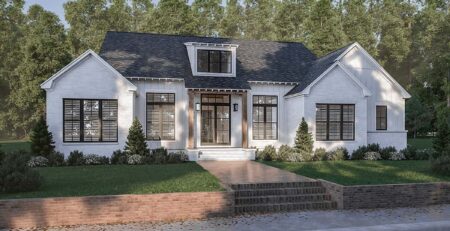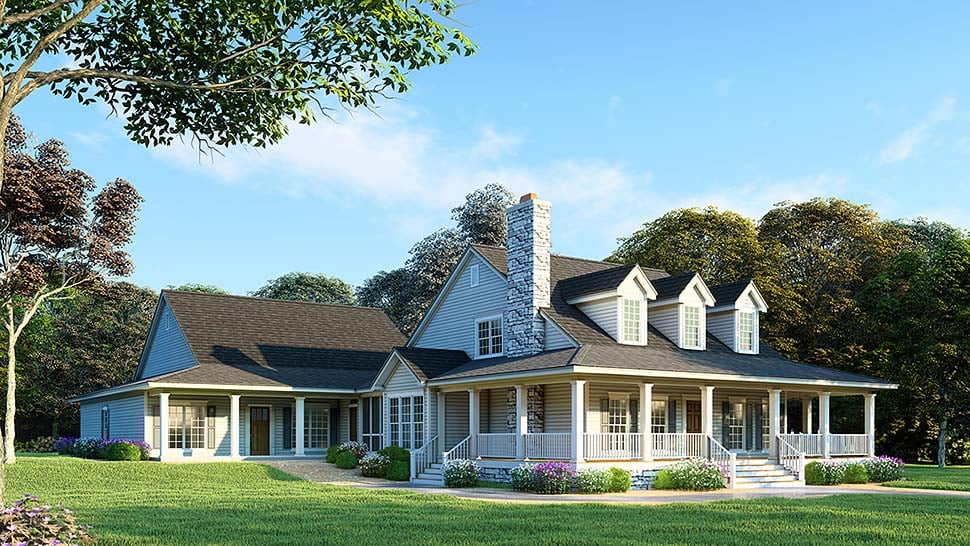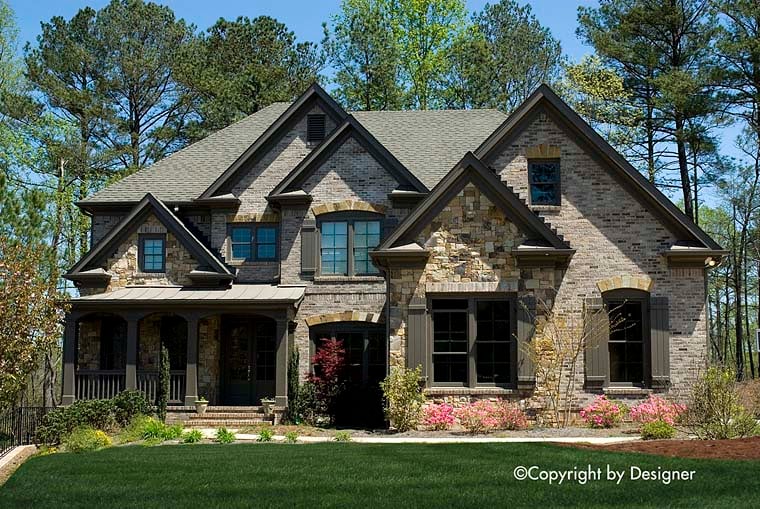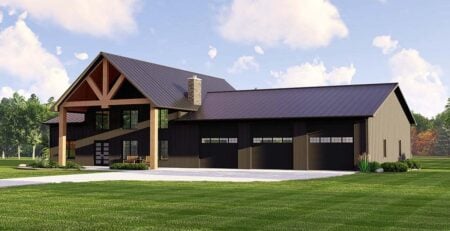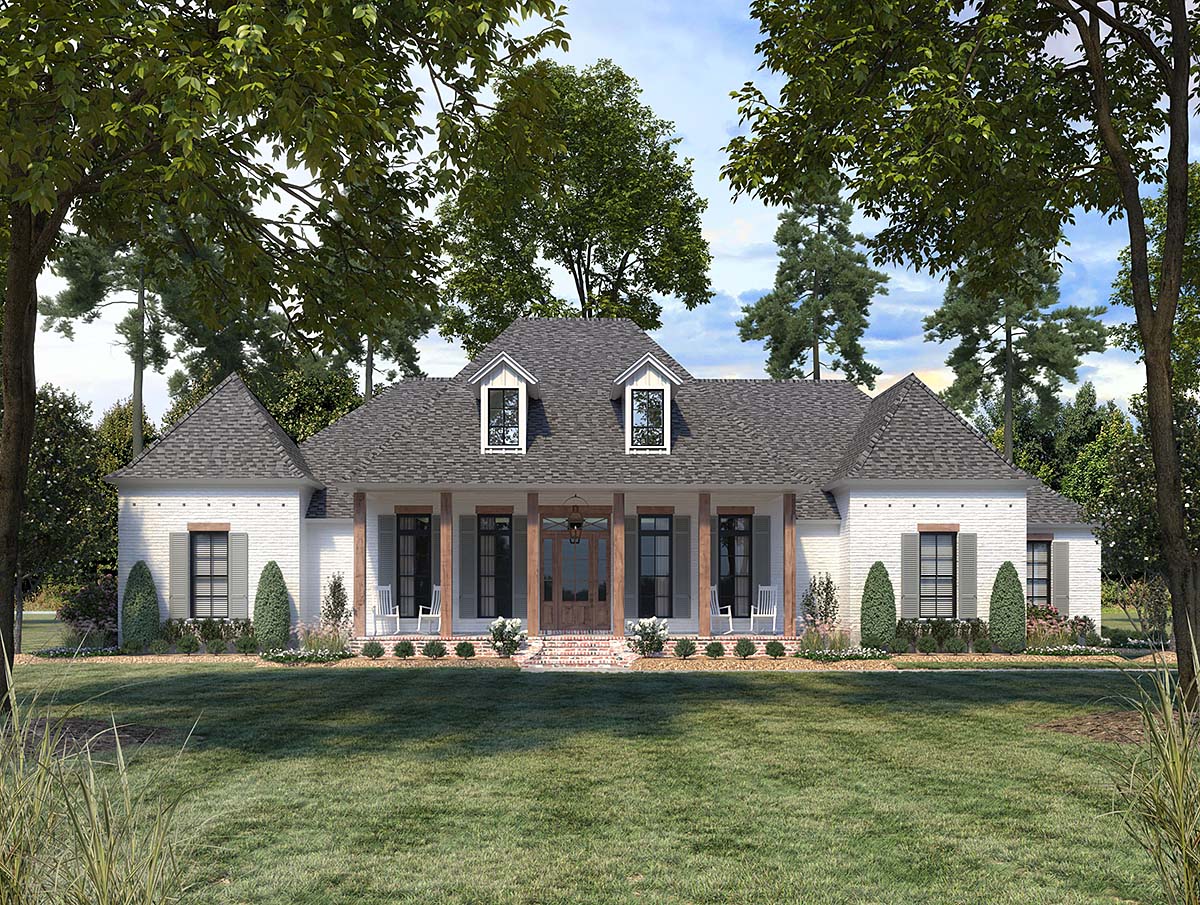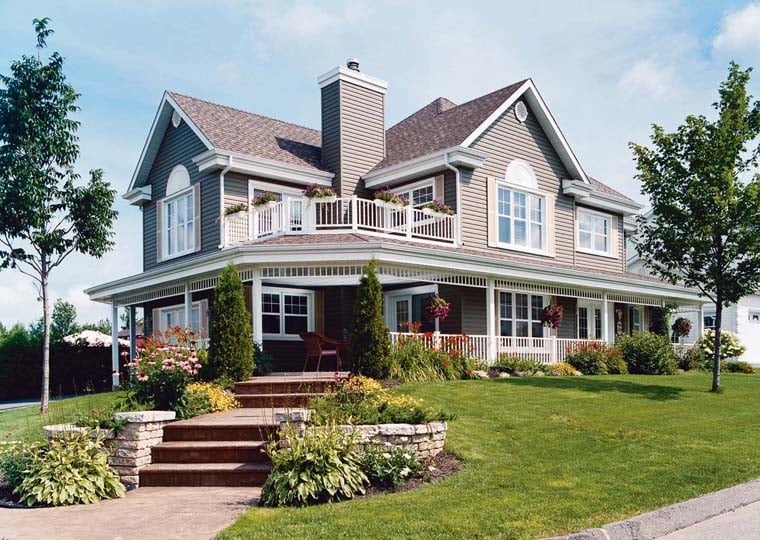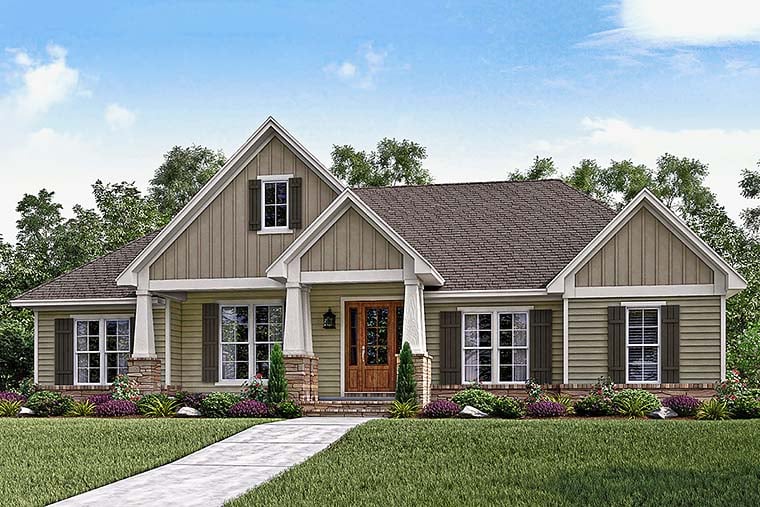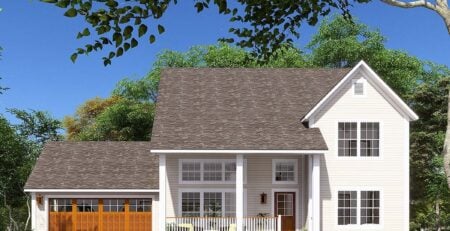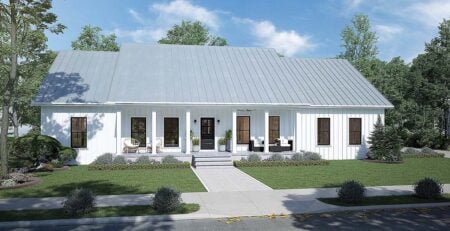ALL DECKED OUT
Backyard decks are smart choice for entertaining, outdoor living
They’re comfortable. They can be a private sanctuary or party central. They’re as close to home as you can get. And they often return as much money as it costs to build them.
They are decks – a practical and enjoyable investment for nearly any residence. It’s no wonder they are so popular, now part of more than 25 percent of all homes in the United States, with a much higher percentage in suburban neighborhoods. The enjoyment value of a deck, and certainly the financial value when a home is resold, depends largely on the attractiveness of the deck. In turn, the appearance depends on the materials chosen, the workmanship during construction and the maintenance.
Deck materials
There are more decking choices now than ever, including mahogany, composites and plastics. However, the overwhelmingly preferred choice, based on longevity, ease of installation, availability, natural appearance and economy, remains pressure-treated wood. Even here there are choices, including a new wood that is receiving excellent reviews.
Traditional treated wood, such as Wolmanized wood and Outdoor wood, has been used extensively since the mid- 1970s. It resists damage from termites and decay, and many manufacturers offer a warranty that extends for the lifetime of the purchaser in residential and agricultural applications.
A new type of preserved wood, recently introduced in the United States, has similar longevity but uses a different preservative solution. Natural Select wood is protected by a copper-based preservative with an organic fungicide, and also carries a lifetime limited warranty. Though new to the United States, wood treated with this preservative has been used for nearly a decade in Europe. Natural Select wood is an ideal choice where regulations or environmental concerns create the desire for an alternative to traditional treated wood.
Regardless of the wood chosen, homeowners should be aware of differences in lumber grades. Preservatives make wood last longer, whether that wood is lower-grade material with knots and missing corners, or higher-grade material with few blemishes. Make sure you get the grade of lumber you want. The grade is marked on the wood, and usually noted on the store’s price signs. Consider the more expensive, higher grades for visible parts of the deck, and use lower cost, lower grade lumber where beauty is not critical.
Workmanship shows
Preserved wood will last a long time. As a result, good workmanship – or poor workmanship – will also be evident for a long time. Although there is a natural desire to finish a deck quickly so it can be enjoyed as soon as possible, it is best to build carefully and deliberately. You’ll be happier in the long run.
Various books on deck building contain useful tips. Here are a few:
- Before you begin nailing, decide which pieces of wood you want for visible areas and which for understructure.
- Separate deck boards to allow for expansion and contraction. If heavy and wet, separate boards no more than 1/16″ since some shrinkage will occur. If light and dry, separate them no more than 1/8″.
- Use enough nails – three across a 2 x 6 board. Hardware should be hot-dipped galvanized or equally well-protected so weather does not cause rust streaks on the wood.
- Screws take longer to drive than nails, but they hold boards securely, allow for easier removal and eliminate unsightly indentations from hammer blows.
Maintenance
Even a deck that is conscientiously built with excellent materials will require some maintenance. If a product says ‘maintenance-free,” be skeptical. Dirt, discoloration, UV rays from sun exposure and moisture will take their toll on the hardiest of building products. However, maintenance need not be feared or time-consuming. Wood stains and surface water repellents will add significantly to the long-term beauty of a wood deck. Different types of treated wood may require different maintenance. And the numerous choices in coatings may carry different recommendations from their manufacturers. Check at the building center for information, or visit the manufacturer’s Web site.
Making the most of your deck
Family cookouts and outdoor entertaining typically revolve around two things: your backyard deck and your barbecue grill. You can create an entertaining environment on your outdoor living space with a little creativity.
Increasingly, homeowners are bringing their personalities outdoors by applying color to their decks. Using a deck stain allows you to perk up your deck with a splash of color, while also covering up minor imperfections in the wood. The stain adds a hint of color, while still allowing the natural wood grain to show through.
A popular design trend is to use a semi-transparent stain or clear finish on the floorboards and a solid color on the railings of your deck. This look is called a two-toned effect and consumers across the country are getting into it with the most popular look being white railings combined with darker floorboards.
The solid stain provides complete coverage, hiding significant imperfections and foot-worn areas. Solid colors can create dramatic new looks like two-toning and even floorboard patterns, such as checkerboards and stencils. To create a patchwork pattern, simply use painter’s tape to create a pattern on the floor and apply the stain to the exposed portions. When dry, remove the tape and stain the other portions.
Another idea is to create a cooking area away from seating and conversation spots. In addition to the grill, consider adding built-in serving areas and storage cabinets. Using stone and other rugged materials will make cleaning as easy as simply hosing down the area.
Other entertaining ideas include:
·A wood-fired outdoor oven for barbecue or pizza.
·A tiled eating counter/wet bar for entertaining guests – great for the host who’s looking for an easy way to create a little more room.
·A tiered deck with connecting steps that separates cooking from conversing.
·Built-in flower pots to grow herbs, tomatoes and other garden vegetables within your guests’ reach.
For great Deck Building Plans visit http://www.familyhomeplans.com?source=fhpblog&ordercode=26WEB
Building a Deck
The expert advice in this book helps you to avoid the mistakes and to overcome the design and construction problems you will undoubtedly encounter when building a deck. All you need to know about design, tools, materials, joints and techniques.
Reprinted with permission from the Lubbock, TX Avalanche-Journal Home & Garden Section

